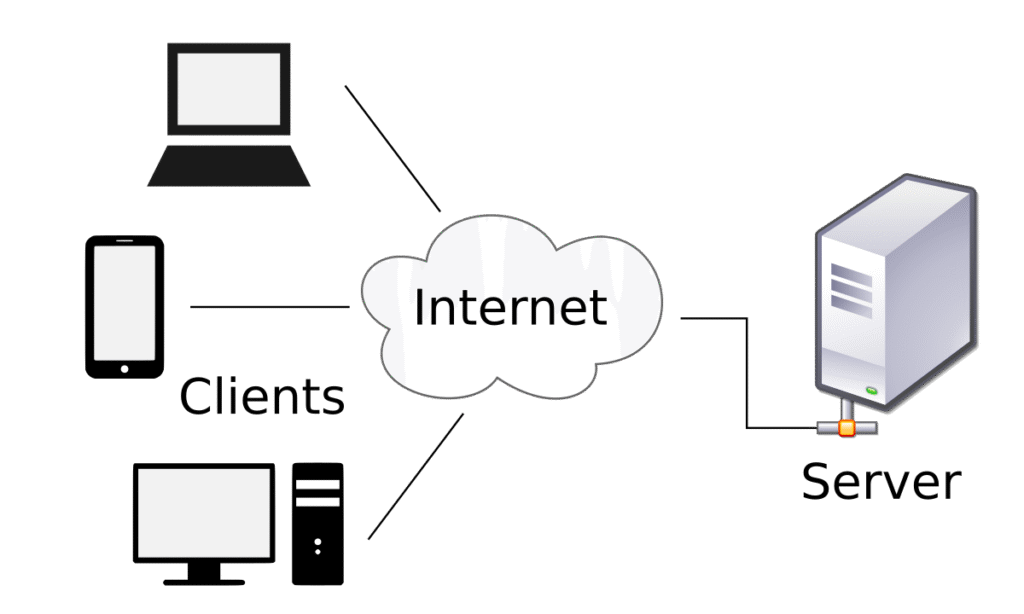Introduction: What is TCP/IP?
Understanding TCP/IP, short for Transmission Control Protocol/Internet Protocol, is the foundation of modern computer networking and the internet. Whether you’re browsing a website, sending an email, or streaming a video, TCP/IP is silently working behind the scenes, enabling data to travel securely and efficiently across vast digital networks.
In simple terms, TCP/IP is a suite of communication protocols used to interconnect network devices on the internet. It defines how data should be packetized, addressed, transmitted, routed, and received between devices.
This blog will take a deep dive into the architecture, working, examples, and real-world applications of TCP/IP to give you a complete understanding of why it’s so important.
A Brief History of TCP/IP
TCP/IP was developed in the 1970s by the U.S. Department of Defense as a robust and fault-tolerant protocol for military communication. Its first large-scale implementation was in ARPANET, the predecessor of the modern internet.
The TCP/IP model was formally adopted in 1983, replacing older protocols like NCP (Network Control Protocol), and it quickly became the standard for global data communication.
TCP/IP Layered Architecture
TCP/IP operates through a layered architecture that divides responsibilities into separate functions. This helps break down complex data transmission tasks into manageable steps.
The Four Layers of TCP/IP:
- Application Layer
- Closest to the end user.
- Deals with software applications that use network services.
- Protocols: HTTP (web browsing), FTP (file transfers), SMTP (email), DNS (domain resolution)
- Transport Layer
- Ensures reliable or fast communication between devices.
- TCP (Transmission Control Protocol): Reliable, connection-oriented
- UDP (User Datagram Protocol): Fast, connectionless
- Handles segmentation, flow control, and error correction.
- Internet Layer
- Deals with logical addressing (IP addresses) and routing of packets.
- Protocols: IP (IPv4/IPv6), ICMP, ARP
- Responsible for moving data from source to destination across networks.
- Network Access Layer
- Handles the physical connection to the network.
- Works with MAC addresses, Ethernet, Wi-Fi standards.
- Concerned with how data is actually transmitted over hardware like cables or wireless.

TCP vs UDP: Understanding the Difference
One of the most commonly discussed topics in networking is the difference between TCP and UDP. Both are part of the transport layer but serve different purposes.
| Feature | TCP | UDP |
|---|---|---|
| Connection Type | Connection-oriented | Connectionless |
| Reliability | Reliable (data is acknowledged) | Unreliable (no acknowledgment) |
| Speed | Slower due to error checking | Faster, low latency |
| Use Cases | Web browsing, email, file transfer | Video streaming, gaming, VoIP |
TCP Example: Web Browsing (HTTP)
When you visit a website like https://example.com, your browser uses TCP to establish a connection, request data, and ensure it’s delivered accurately.
UDP Example: Video Streaming
When streaming a YouTube video, UDP may be used to quickly deliver data, even if a few packets are lost—speed is more critical than accuracy.
How Data Flows in the TCP/IP Model
Let’s understand how TCP/IP works through a simple example: visiting a website in your browser.
Step-by-Step Flow:
- User types www.example.com in the browser.
- DNS Request is sent to resolve the domain name to an IP address (Application Layer).
- TCP Connection is initiated via a 3-way handshake:
- Client → SYN
- Server → SYN-ACK
- Client → ACK
- HTTP Request is sent for the web page.
- Server responds with HTTP Response containing HTML content.
- Packets travel through IP routing across routers and switches.
- Data is received, reassembled, and rendered by the browser.
- Once complete, the connection is closed using FIN and ACK signals.

Real-World Use Cases of TCP/IP
TCP/IP is not just for web browsing. Here are practical scenarios where it plays a vital role:
Corporate Networks
- Employees access shared files, VPNs, and email services.
- Secure connections via TCP/IP ensure reliable business communication.
Cloud Computing
- Services like AWS, Azure, and Google Cloud use TCP/IP for server-to-server communication, API calls, and user access.
Mobile Applications
- Messaging apps, ride-sharing apps, and banking apps use TCP for reliable data transmission and UDP for real-time services.
IoT and Smart Homes
- Devices like smart thermostats and cameras use TCP/IP to communicate with mobile apps or cloud servers.
Common Tools to Work with TCP/IP
Here are some tools used by network engineers and developers to monitor and troubleshoot TCP/IP communication:
- ping – Checks if a device is reachable.
- traceroute – Maps the path packets take to reach a destination.
- netstat – Displays active connections and listening ports.
- Wireshark – Advanced tool for analyzing packet-level data.
These tools help visualize and debug how TCP/IP behaves in real environments.
Conclusion
TCP/IP is the backbone of modern digital communication. From loading a website to streaming a movie, sending an email to video calling a friend—TCP/IP makes it all possible.
By understanding its layered architecture, protocol functions, and real-world applications, you gain insights into how data flows securely and reliably through the web. Whether you’re a beginner in networking or an IT professional, mastering TCP/IP is a crucial step in your journey.